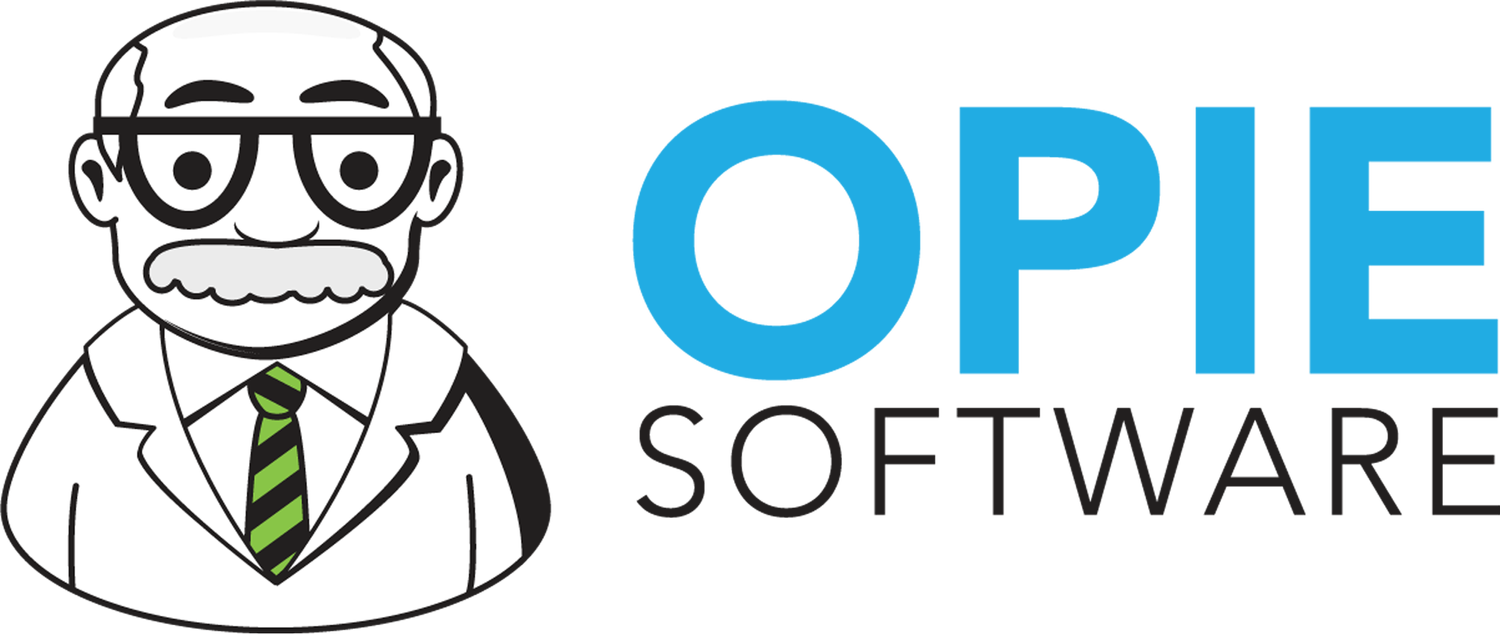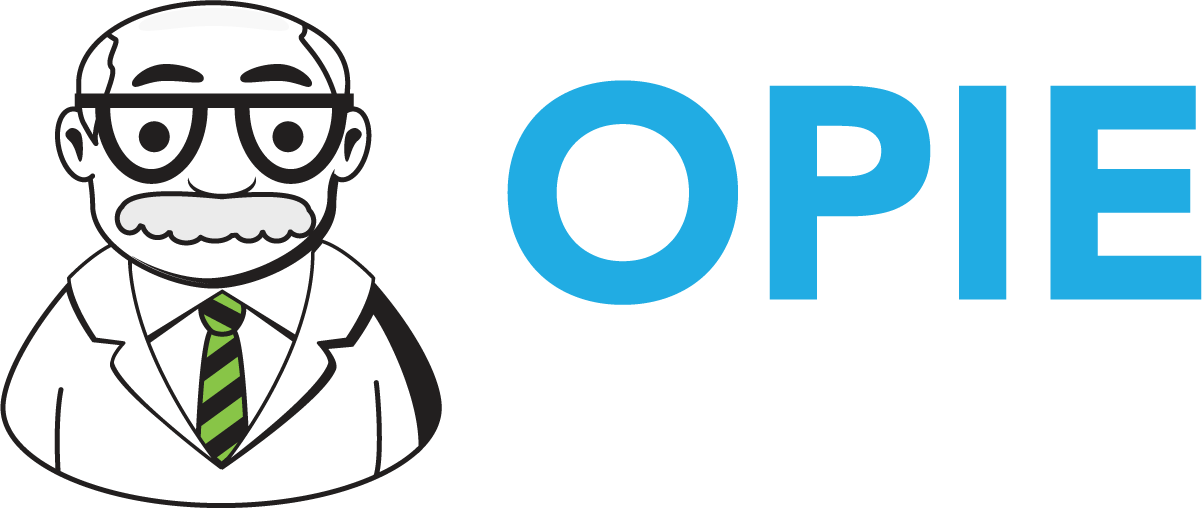Touching Lives
Last week I watched the final episode of “The Good Doctor.” In it, “Dr. Shaun Murphy” (Freddie Highmore) was speaking about “Dr, Glassman” (Richard Schiff) when he said that Glassman “taught me that when you touch one life you don’t just touch one life. You touch every life that that life touches.” Yes, I know it is a TV show, and maybe that line is a little corny, but there is truth to that statement.
It does not take a lot of thought to see how it applies to O&P, it really takes root here. Effective patient care can help a person who is dependent on others become independent. Immediately that impacts the caregiver(s) freeing up their time to focus on other priorities in their own lives. What impact does that have downstream and what more can they do because of the newfound opportunities?
Then you think about the patients themselves. And don’t limit yourself to just the physical difference you make. Appropriate, effective, professional intervention does far more than improve mobility. According to the Journal of Health and Social Behavior, “Individuals with access to mobility solutions not only experience better psychological well-being but also tend to have stronger social networks. This social connection further bolsters their overall well-being.” According to the National Institutes of Health, “Public health and epidemiologic research have established that social connectedness promotes overall health.”
While it is impossible to accurately put a dollar value on the care you provide, we know anecdotally, as well as through numerous studies, that your patients can often progress from a person using many public and private resources to simply live, to becoming a self-sustaining person contributing to public resources and encouraging others to make the move through mobility. The impact of effective care on the population of people with mobility challenges is incalculable and your part can have an exponential impact, far beyond what you see in your practice.
It can be frustrating as an O&P care provider, having to deal with payers who don’t value the services you provide. It’s even worse when the government says you can’t be trusted to have your patient’s best interest at heart. Do you?
If you do, it is past time to buck up and pay attention to what is going on around you. I don’t want to be “chicken little,” but I do see an uphill struggle to establish the perception of O&P professionalism in the minds of those who do not have first-hand knowledge of the challenges your patients face. If we could only demonstrate the difference appropriate care can make in that patient’s life, as opposed to difference inappropriate care can make. No one wants to be in the control group, but unfortunately, there are plenty of examples we can point to, especially if we consider payer denials for the “appropriate” intervention.
What data are you personally collecting to demonstrate the efficacy of the care you provide? I know you don’t get paid for it. How will you ever get paid appropriately if you don’t demonstrate your value? No one else is going to do it for you. Why would a payer do it? Why would your referral source do it? It is up to us.
We all need to be engaged in the fight for your recognition as a rehabilitative (or habilitative) professional so that this profession can continue to make an exponential impact in the community of people with mobility impairment and those who live with and associate with them. It is time to stand up!

